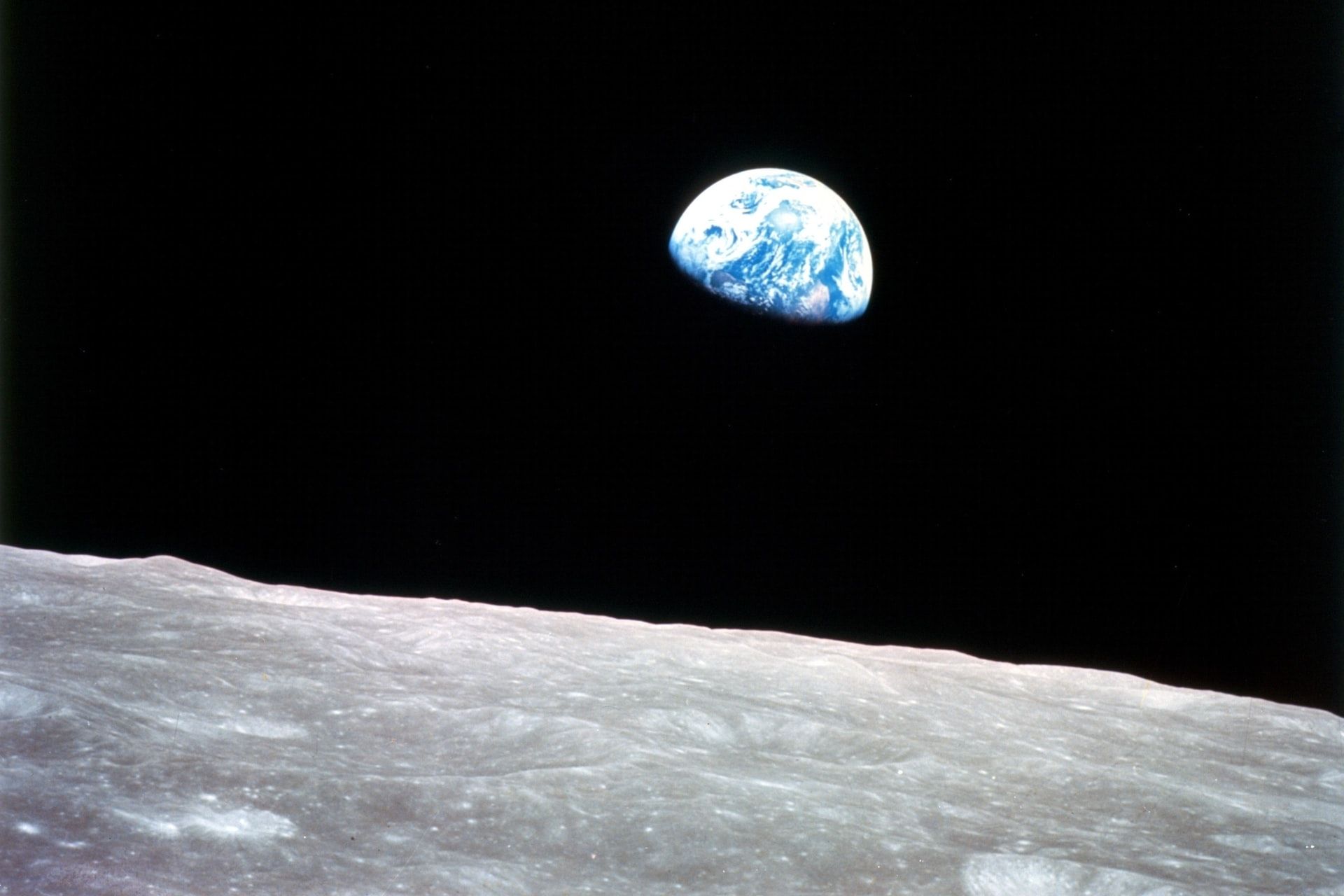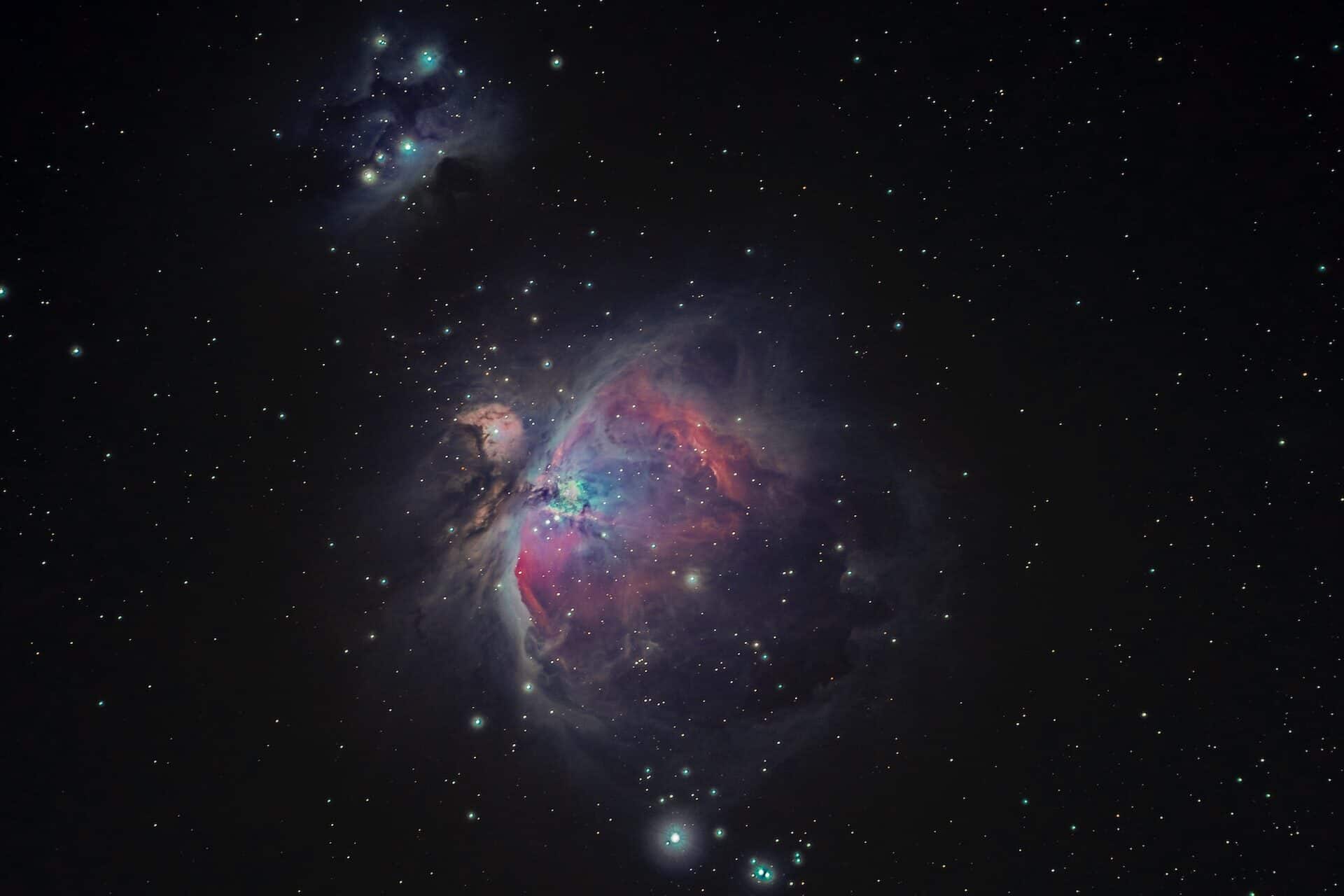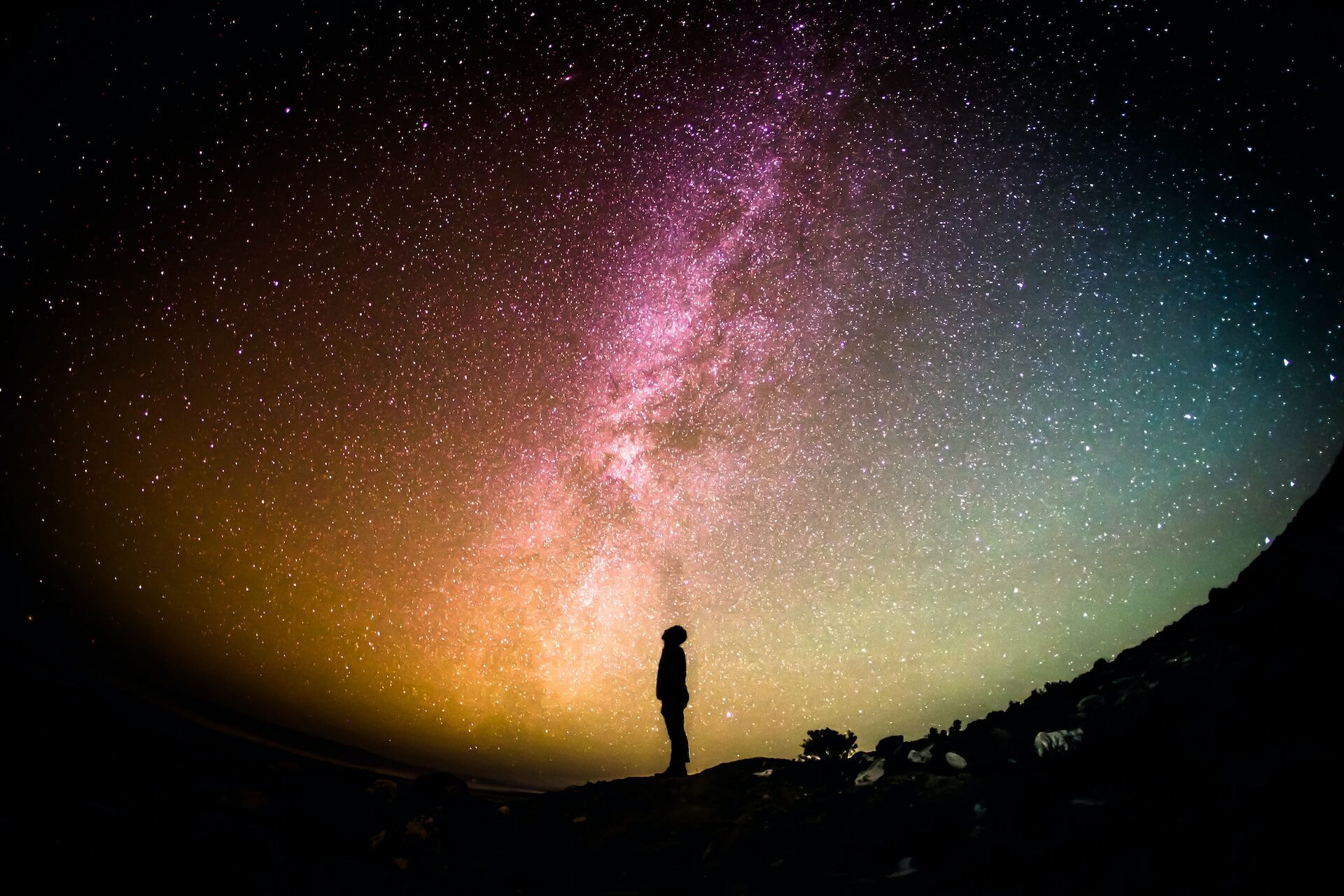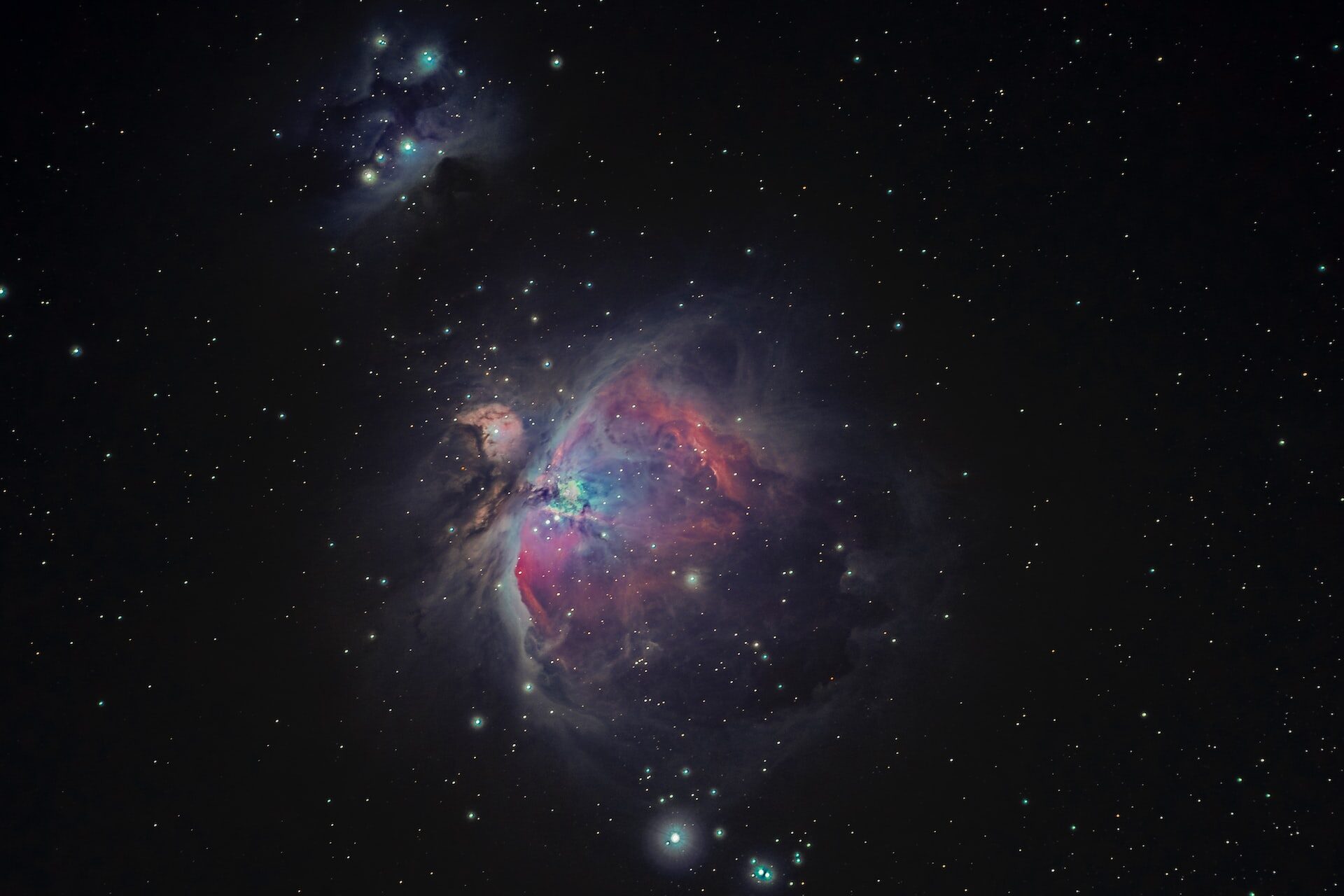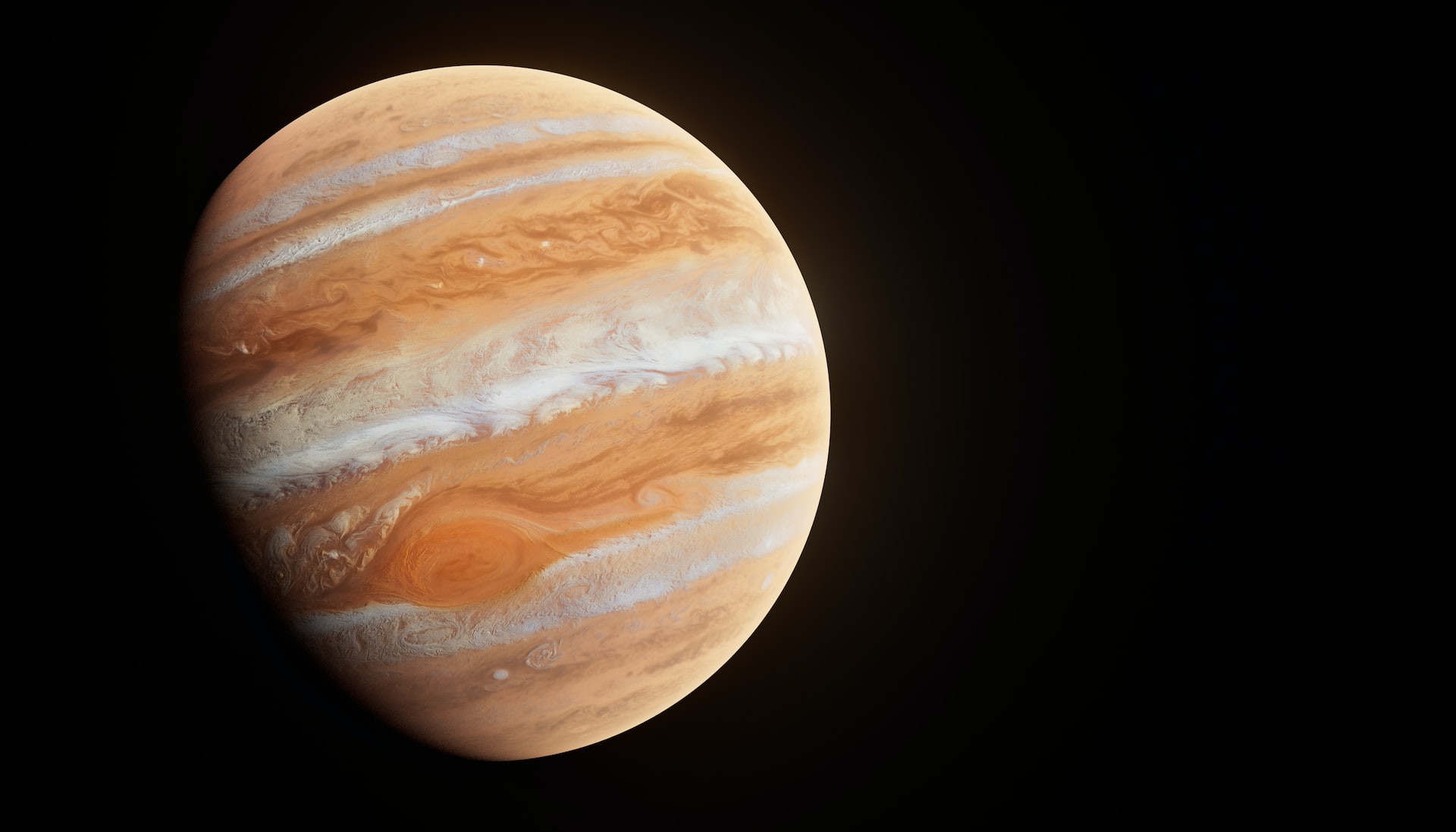
Not Just Gas: Exploring Jovian Planet Characteristics
December 14, 2022 - Emily Newton
Revolutionized is reader-supported. When you buy through links on our site, we may earn an affiliate commision. Learn more here.
We’ve spent a lot of time exploring the inner planets — Mercury, Venus, Earth, and Mars. They’re each fascinating in their own right, but they can’t hold a candle to what waits for us beyond the asteroid belt. The gas giants, also known as the Jovian planets, include Jupiter, Saturn, Uranus, and Neptune. What sets these planets apart? Let’s explore some Jovian planet characteristics and see what it takes to earn that title.
A Godly Title
First, where do these enormous planets get their name? The word “Jovian” comes from the name Jove — another name for Jupiter, the king of the Roman gods. The two names are interchangeable when speaking about the god, but when it came to the planet, “Jovian” became the term to describe anything to do with Jupiter.
As the rest of the outer planets share many similar characteristics with Jupiter, these became known as the Jovian planets. Neptune and Uranus were reclassified as ice giants instead of gas giants. With that in mind, some astronomers prefer to only include Jupiter and Saturn under the Jovian classification. For the sake of our exploration, we’re going to include all four giant outer planets in our definitions.
Jovian Planet Characteristics
Beyond their proximity, what Jovian planet characteristics define these celestial giants?
Size
Size is one of the easiest Jovian planet characteristics to identify. Unlike the terrestrial inner planets, the gas giants in the solar system’s outskirts are massive. Earth, our home planet, has a radius of 3,959 miles or 6,371 kilometers. Jupiter, the largest of the Jovian planets, is 11 times larger than our little blue marble.
Distance From the Sun
Here on Earth, we refer to the frost line as the depth beneath the ground where the water stops freezing in the winter. Wells for drinking water need to be dug below that line.
While no one is digging a well in the asteroid belt — yet — there is another frost line we need to worry about. All of the Jovian planets in our solar system lie beyond the frost line — the point at which liquid water will remain freezing. On a map, this is about five astronomical units (AU) from the sun.
For reference, one AU is the distance between Earth and the Sun. Most of our measurements and understanding of the known universe are quantified by our knowledge of the solar system we call home.
Lack of Solid Surface
Terrestrial planets are identified by their rocky surface. Jovian planets don’t have that feature at all. Instead, they have layered atmospheres that alternate between metallic, liquid, and gaseous hydrogen. On the exterior, the planets are covered with clouds made of ammonia and water vapor, among other trace elements.
This characteristic is where the planets begin to differ. Jupiter and Saturn have no solid core besides their lack of a solid surface. Uranus and Neptune have a solid rock and metal core surrounded by a layer of gaseous hydrogen. Then, like Jupiter and Saturn, they have an outer cloud layer of ammonia and methane with some traces of water vapor.
Moons
The inner planets are lacking when it comes to natural satellites. Mercury and Venus have no moons. Earth has one that we originally named “The Moon,” and Mars has two: Phobos and Deimos.
We don’t have enough space to list the names of all the Jovian moons here. Jupiter has 79 observed moons, while Saturn has 82. Uranus has captured 27, and 14 natural satellites orbit Neptune.
Rings
Saturn is probably the best-known planet for its iconic rings, but it is not the only ringed planet in the solar system. All four Jovian planets have rings of ice, dust, and small rock particles. These rings are almost always made up of dust and debris captured by the planet’s gravity.
Storms
If you think hurricanes on Earth are destructive, wait until we start visiting the outer planets. Jupiter’s Great Red Spot is probably the most iconic Jovian planet storm, so large that you can see it with a basic telescope.
Violent wind storms are another defining Jovian planet characteristic. More modern probes sent to observe the outer planets have been able to observe unique storm features on all four gas giants. Saturn, for example, has a unique hexagon-shaped cloud system that sits above its north pole.
Low Density
Despite their massive size, these planets don’t have much mass. Saturn, for example, has a density low enough that if you could find a bathtub big enough, the planet would float on water. Low density is one of the primary Jovian planet characteristics. The ice giants are still less dense than the terrestrial inner planets despite their rock and metal cores.
Beyond Our Solar System
The four Jovian planets aren’t the only gas giants in the universe but are the only ones with that title. Exoplanets are any planets that scientists have discovered outside our solar system. Astronomers have separated these alien worlds into four categories: Gas giants, Neptunian, super-Earth, and terrestrial. Our Jovian planets, found anywhere else in the universe, would simply be classified as gas giants.
Neptunian planets aren’t Jovian in the rest of the universe. Instead, they are just gas giants or gaseous worlds about the size of Neptune. They may have a metal or rocky core like the ice giants in our system, but we haven’t gotten close enough to check yet. Super-Earths might sound incredible, but it’s just the classification for rocky terrestrial planets larger than Earth.
Looking Toward the Stars
We’ve been tracking and studying the Jovian planets for hundreds of years and we’re still just starting to puzzle out their mysteries. We could learn a lot from these gas giants that could advance our understanding of the universe. For now, we can dream of the days when we’ll explore these enormous planets. Maybe we’ll find life on Europa or an endless supply of diamonds on Uranus and Neptune, where the crystals fall from the sky like rain.
We’ll keep looking toward the stars and dreaming — and it won’t be too much longer until we’re out among them.
Revolutionized is reader-supported. When you buy through links on our site, we may earn an affiliate commision. Learn more here.
Author
Emily Newton
Emily Newton is a technology and industrial journalist and the Editor in Chief of Revolutionized. She manages the sites publishing schedule, SEO optimization and content strategy. Emily enjoys writing and researching articles about how technology is changing every industry. When she isn't working, Emily enjoys playing video games or curling up with a good book.
